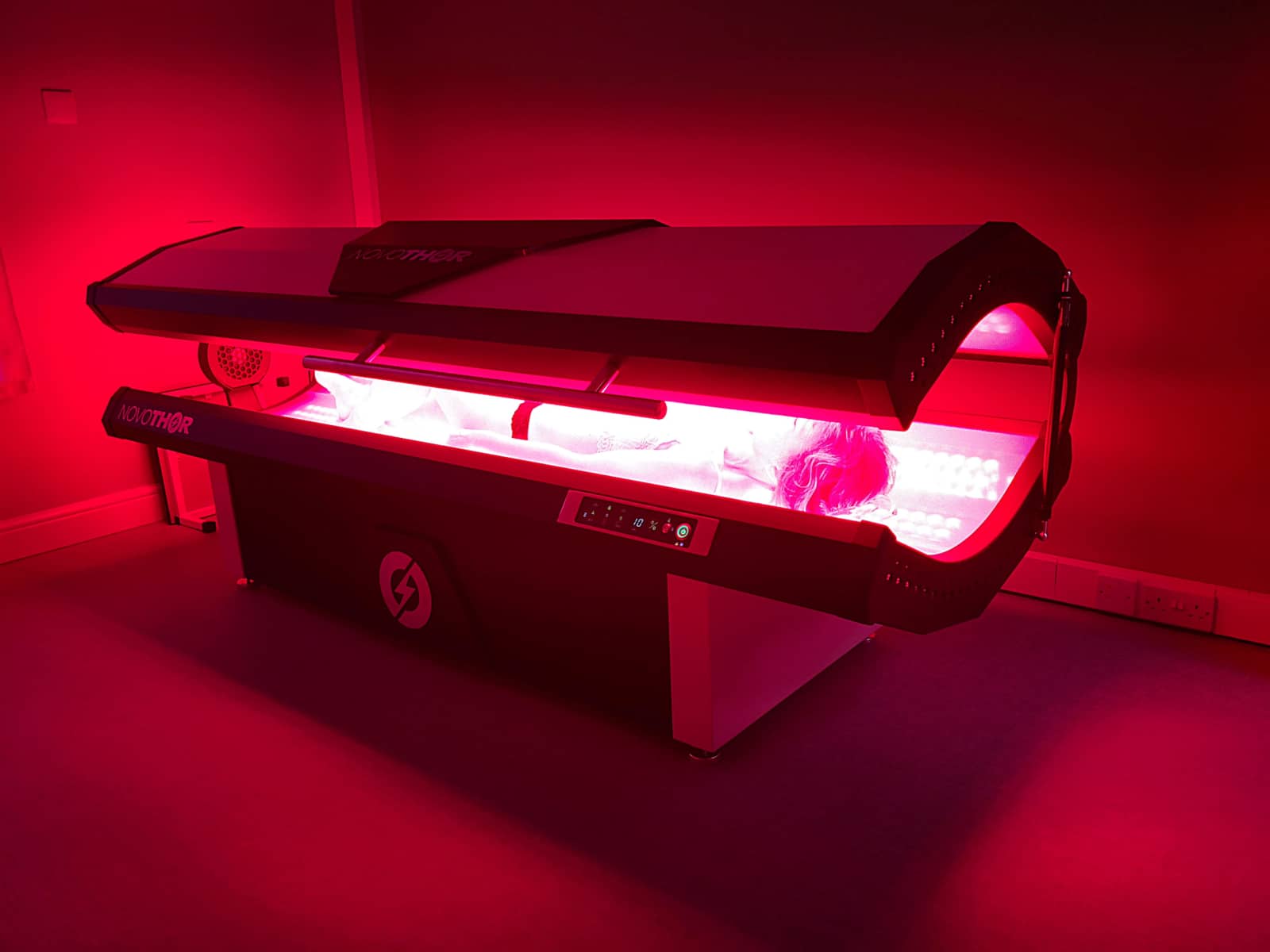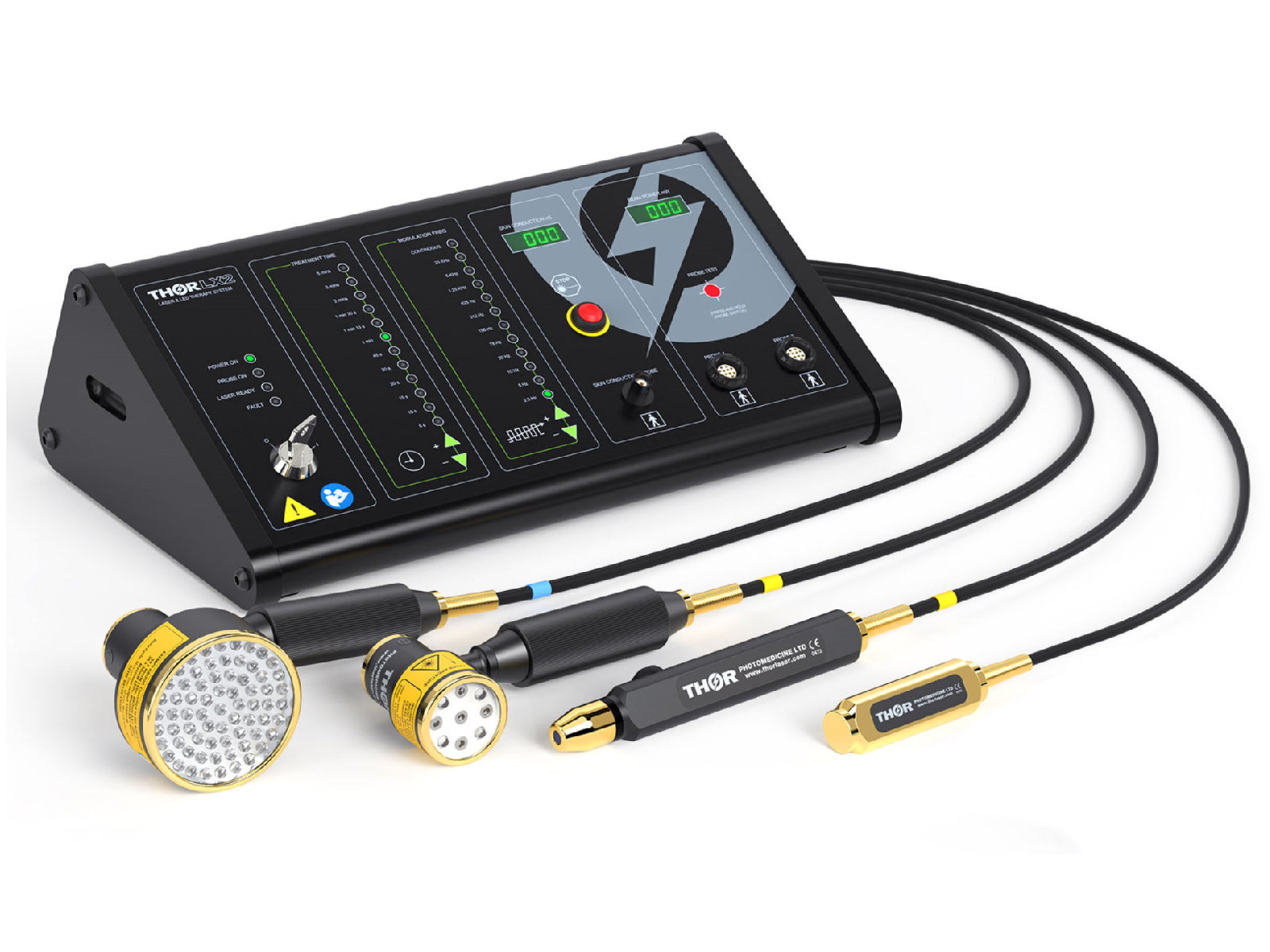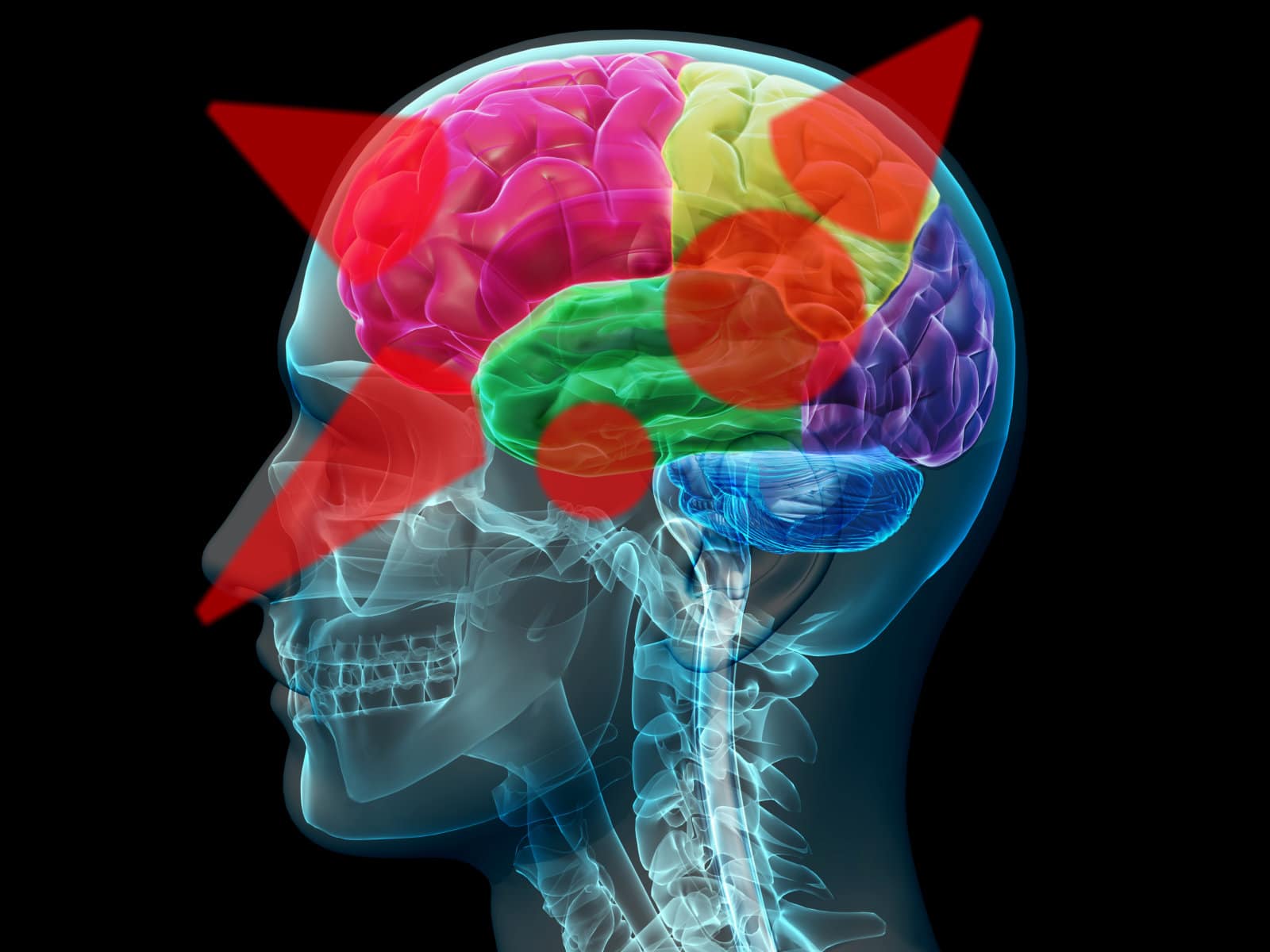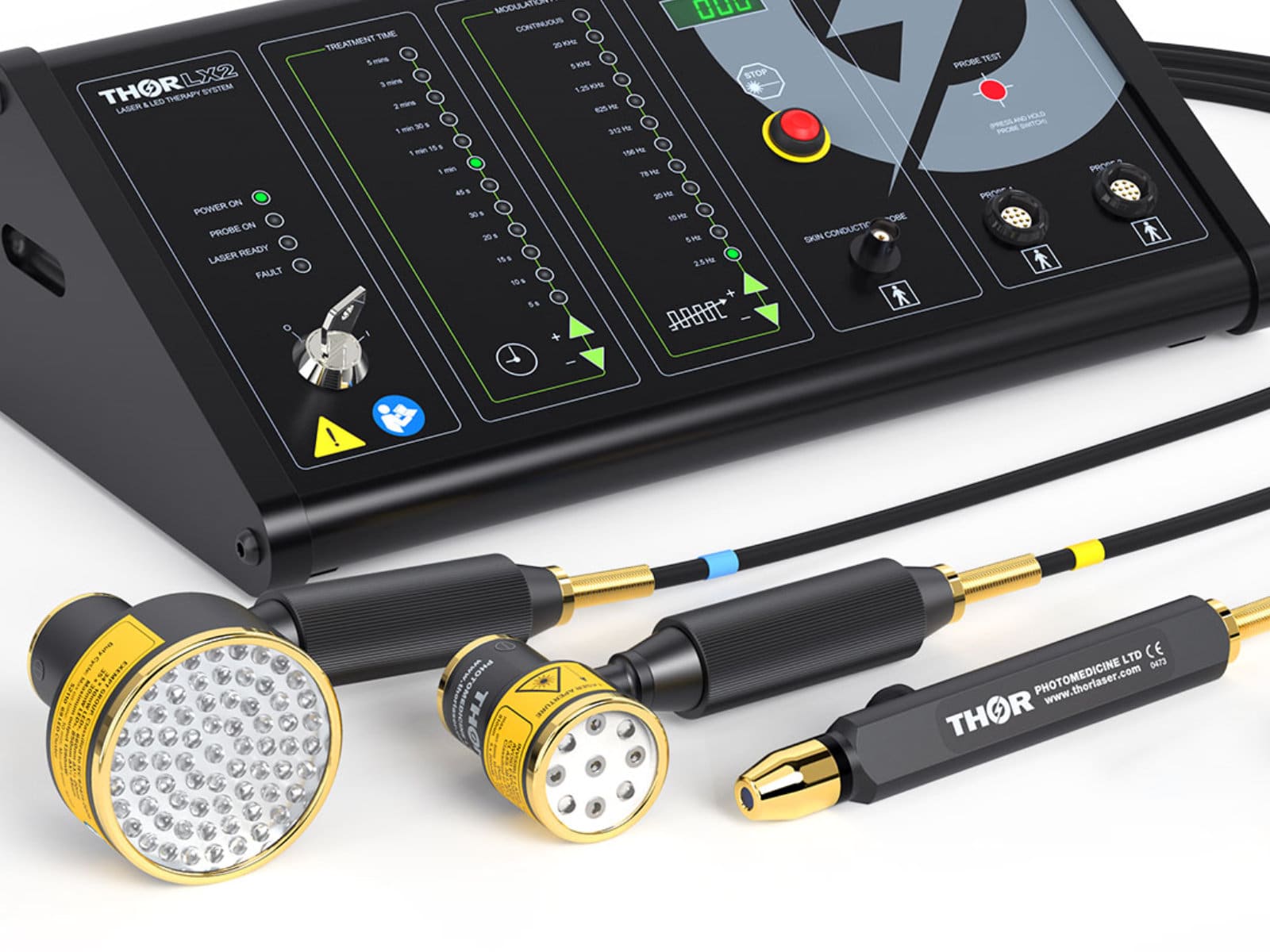What is Brain PBM Therapy?
Brain PBM Therapy has a variety of names:
- Brain Photobiomodulation
- Transcranial Photobiomodulation
- Transcranial PBM Therapy
- tPBM or bPBM for short
tPBM Therapy is an exciting and relatively new emerging field of science using specific red and near infra red (NIR) wavelengths of light, at specific frequencies, to help treat/improve a range of neurological and psychological conditions. Random controlled trials (RCT) have shown tPBM can help:
- Memory retention
- Emotional function
- Mood
- Make complex tasks less difficult
- Improve motor (motion) performance
How does Brain tPBM Therapy work?
It’s a very complicated field of science that straddles the disciplines of physics, biochemistry, neurology, cellular biology and medicine to name but a few. For those that want to delve very deep into the science of tPBM Therapy click/tap this link how does brain PBM work?
In simple terms the cellular science of how tPBM Therapy helps is by a combination of:
- Increasing the blood flow leading to increased oxygen delivery to the brain cells
- Boosting your mitochondrial function – mitochondria are the energy producers inside every one of your cells throughout your entire body (including your brain and spinal cord). They ‘use this oxygen’ to make the energy (ATP) without which the cells, go into a dormant state/ don’t function as they should and if left long enough the reduction/alteration of ATP production can lead to central nervous system cell death inflammation, damage and death .
- Improving Cerebral spinal fluid (CSF) flow in the brains lymphatic system – Glymphatic system. This aids the clearance of toxic inflammatory chemicals and waste-products from the brain which occurs in many brain disorders e.g. depression and cognitive decline . In recent years, increasing evidence has suggested CNS diseases and conditions associated with meningeal lymphatic drainage dysfunction include neurodegenerative diseases, stroke, infections, traumatic brain injury (TBI’s),tumours, functional cranial disorders and hydrocephalus. However, the understanding of the regulatory and damage mechanisms is very much in its infancy.
This then has the effect of:
- Enhancing the metabolic capacity of neurons (makes the nerve cells more able to do their job)
- Increased anti-inflammatory, and antioxidant (protective) responses in the brain cells reducing the oxidative stress. As a result of this stimulating process this leads to less cell aptosis (less brain cell death).
- Neurogenesis (increased new nerve/cell growth) and synaptogenesis (increased nerve connections in the brain between the existing nerve cells)
- Increasing the amount of circulating stem cells available for healing and repair
- New research shows tPBM Therapy can actually increase the amount of brain tissue visible on MRI
- RCT animal studies shows tPBM Therapy significantly slows down brain aging
There is a gradually increasing body of evidence from both animal and human studies showing that tPBM Therapy can have a therapeutic role in:
- Neurodevelopmental disorders
- Neurodegenerative diseases
- Dementia/loss of cognition in the elderly
- Alzheimer’s Disease. Perhaps one of the most succinct precis of how tPBM helps Alzheimer’s and Dementia has been written by the worlds leading PBM researcher Professor Michael Hamblin. Read it here – Photobiomodulation turning the tide against Alzheimer’s
- Parkinson’s Disease (PD)
- Traumatic brain disorders such as
- Acute and chronic Stroke
- Acute and chronic Traumatic Brain Injury (TBI)
- Global Ischaemia (lack of blood supply to the brain due to e.g. a heart attack)
- Psychological disorders
Our Approach For tPBM Therapy
At the PBM Therapy Clinic our aim/approach is to follow the up to date research to provide us with an evidenced base treatment approach for brain related disorders. We have the enviable advantage in that we can use our state of the art equipment in combination or alone help, giving you or someone you know the best chance of improving and feeling better again.
NovoTHOR Whole Body Light Bed Pod

- The NovoTHOR Whole body PBM Therapy light bed pod immerses your whole body and so has the ability to treat you from brain to toe, in multiple areas at the same time. The result is that it can affect your body regionally and systemically to have many effects on your health and wellbeing
- NovoTHOR PBM Therapy light bed pod has the potential to affect the 200 different types of cells in the human body and as a result can potentially affect many different conditions and medical ailments all at the same time
- The NovoTHOR also helps target mitochondria located in the 8 pints of blood circulating in your blood vessels. These mitochondria can travel freely around your body. Early in 2020 it was discovered that these ‘free floating mitochondria’ exist and could explain how improvements in neurological conditions affecting the deeper parts of the brain occurs when research proves transcranial light cannot reach there. Evidence also demonstrates a role for vascular dysfunction as a significant contributor to neurodegenerative conditions as is found in Alzheimer’s pathophysiology. New research report that combination treatments targeting vascular health, amyloid-β, and tau levels, may more effectively preserve cognitive function than single-target therapies.
- The gut microbiome (diversity of gut bacteria) has also been recently implicated as a culprit in neurological conditions / diseases e.g. Alzheimer’s. Either by secreting bacterial amyloid that may trigger cross-seeding of amyloid plaques in the brain or by overstimulating the body’s immune response. New emerging evidence suggests that PBM Therapy can improve the gut microbiome . NovoTHOR Whole body PBM Therapy light bed is ideal to bathe your body in light with the aim of facilitating this
- As a result of the above our many NovoTHOR PBM Light bed pod patients experience additional benefits that they were not expecting e.g. such as improvement in pains and inflammation in multiple places, better sleep, improved mood, skin or energy levels to name just a few
THOR Lx2

- Our LX2 THOR probes are used with the aim to target more specific regions of the brain and brain stem. The desk top LX2 allows us to change many dose parameters. We can:
-
- Alternate between red and near infrared light (NIR) or treat only with NIR
- Control the frequency (Hz) of the red and NIR light.
- Control the position of the light beam
- Control the length of time the light beam is applied
- Control the location of light beam
We can combine these PBM treatments or use each on their own, giving you or someone you know the best chance of improving and feeling better again.
*Research from clinical trials has shown patients can have a significant improvement in their neurological condition BUT equally when treatment stops there is a quick and significant decline back to pre-treatment states. For this reason to maintain improvement, ongoing treatments will be necessary, though frequency/interval may vary from patient to patient. It is important to remember that the very nature of neurological conditions is aging and the natural progression of these diseases will mean positive results are likely to reduce over time.
The Benefits Of The THOR LX2 For tPBM Therapy
1. Probe Selection
The desk top LX2 PBM Therapy unit has a variety of different sized probes, producing light in different wavelengths in the red and near infra red (NIR) range. It has both LED probes and Laser probes so that we can choose which will be most appropriate.

2. Probe Location
The desk top LX2 PBM Therapy units probes are used with the aim to target different regions of the brain known collectively as the Default Mode Network (DMN) via:
- A transcranial approach
- An nasal approach
- An intraoral approach

3. Frequency (Hz)
Researchers have found that for neurological conditions there are certain frequencies (pulsing) that work better than others. It is interesting to note that they match some of the inherent brainwave frequencies that we produce and can be measured using an EEG. With the THOR LX2 we can alter the frequency of the applied red and NIR light. This means that should future research highlight new frequencies to help different neurological conditions we can simply alter our machine settings to match them. The LX2 has settings from 2.5 Hz (pulses per second) right up to continuous of 20,000!

4. Lasers and LED Technology
Our THOR LX2 desk top PBM Therapy machines have both Lasers and LED probes which means that:
- The Laser and LED probes have slightly different tissue penetration characteristics – even for the same light wavelength – so we can make a choice regarding which is most appropriate for you and your problem(s)
- We can decide which size of probe(s) LED or laser is better suited to your problem. Different sized probes can be selected for harder to reach tissues
- Lasers have a more focused beam. On the other hand our large LED probe can ‘bathe’ a bigger area
- Lasers are not safe to use near the eyes but we can use LED’s safely near the eyes

The above characteristics of the LX2’s are very important because as new trial research is published we can refine our treatments to reflect new best evidence and best practice. All with the goal of getting you better for longer.
tPBM Therapy Research and Posts With Brain Changes
You can search by:
- Category e.g. Neurological conditions and then
- Condition ‘A-Z’
- Combining ‘Category’ and ‘Condition’ narrows down your search to posts that have both fields, so if you draw a blank use either Condition or Category but not both
- Reset button clears all searches
Or just ‘scroll/ swipe’ down to see all the posts, they appear in published date order.
Results may take a few seconds to load, be patient!
If you still cannot find what you are looking for or you would like some more information about PBM Therapy and what it could help then why not get in touch – let us do the leg work! All our contact details can be found on our contact us page. We will reply within three business days with scientific evidence (references) and where possible answer any questions you may have.
It may take just a ‘few seconds for the drop downs below to load’ so you can make a selection/type in a query.
